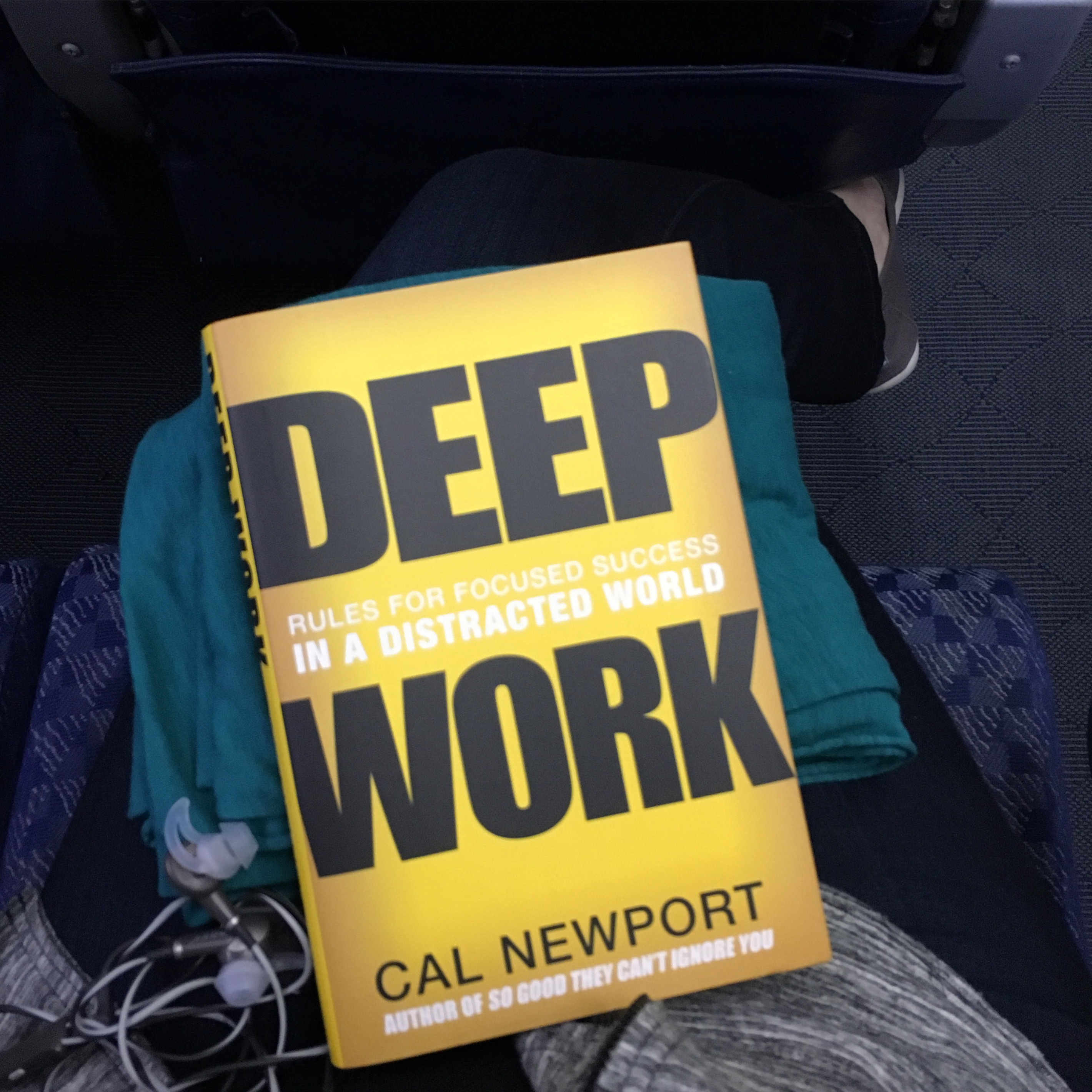
Typically I’m an aisle seat kind of person. I like the freedom to be able to get up as many times as needed without having to bother anyone. The only other option is being a window person since no one actually wants a middle seat. Being small, I get a little fidgety if I’m trapped sitting in an inside seat next to someone who’s big or tall. They tend to take up all the extra space leaving me squeezed into the strictest confines of my seat. I know this arrangement probably seems great to him, but rarely do I enjoy it.
Lately I’ve been rethinking my aisle seat allegiance. While a painfully early morning flight out of SFO can be exhausting, it can also be gorgeous way to watch the sunrise. Another flight made me so glad to have a window seat from which to watch the heavy, looming clouds and watercolor-like mountains on our approach into SFO.
My flight into Mexico City was similarly spectacular.


Shoehorned into a shallow basin surrounded by mountains, Mexico City boasts a population of twenty million people, qualifying it as one of the world’s megacities. Established by the Aztecs in 1325 as Tenochtitlán, the spot they chose was considered auspicious, despite being on an island in the middle of Lake Texcoco. Legend holds that the Aztec god Huitzilopochtli decreed that the city should be built on the spot where the Aztecs found an eagle eating a snake perched on top of a cactus, as now depicted on the Mexican flag.
Viewing the city from the air was a great way to get a sense of this well-known geography.
As you look out along the smoggy horizon, you can (barely?) make out the mountains circling the city and strain your senses to imagine the spots now over-stuffed with buildings and people in another time as water and islands. Even the conquistadors found it hard to believe when they discovered Tenochtitlán. In The Conquest of New Spain, Bernal Diaz called the city that seemed to grow up out of the water an “enchanted vision,” and some of the Spanish soldiers even wondered whether it wasn’t a dream. Sadly, that awe didn’t deter them from the destruction that followed.




I wasn’t sure what to expect of Mexico City. I’d heard about the the terrible pollution and the rampant crime, but I’ve learned enough from my travels to suspect that those stories had outlived their usefulness, leaving maybe only a grain of truth.
As you can see from these pictures, the pollution clearly exists, but the stories of noxious fumes and terrible choking air are from the past. According to the Christian Science Monitor, “Mexico City recorded only eight days with air quality considered ‘good’ in 1992. That compares with 248 ‘good’ air days in 2012, reflecting the success of initiatives to relocate industry, kick clunkers off the capital’s streets, encourage cleaner technologies, and expand public transit and cycling options.”
On the issue of crime, I can say that I felt completely safe during my time in Mexico City. Like any city, there are neighborhoods to avoid, and I didn’t seek them out. I spent my time in the parts of the city where there were things that I wanted to do or see — tourist attractions, museums, shopping, and good food. El Centro, Reforma, Condessa, Polanco, Roma, Coyoacán, and San Ángel. There’s plenty to keep even the most discerning travelers busy in these parts of town.
I’m not saying that there’s no issue with crime in Mexico or even Mexico City, but I am saying that it’s more complicated than a simple blanket statement dismissing the entire country as unsafe. As the US State department says “millions of US citizens safely visit Mexico each year.”
For more information about safety in Mexico and Mexico City, check out these articles:
- Mexico City and Washington, D.C. Are About Equally Safe, Smithsonian, Aug 1, 2013
- Mexico — as safe and dangerous — as ever, CNN, June 9, 2013
- Are Tourists Safer in Mexico or America?, Lonely Planet, February 7, 2013
- Is Mexico City Safe?, From Way Up High
- US Department of State, Travel Warning for Mexico, July 12, 2013 >> No advisory or warning is in effect for Mexico City, Baja California (south), Chiapas, Campeche, Guanajuato, Hidalgo, Oaxaca, Puebla, Quintana Roo (Cancun, Playa del Carmen, Cozumel, Riveria Maya, Tulum), Tabasco, and Yucatan (Merida, Chichen Itza).
What doesn’t yet seem to stick in the minds of Americans about Mexico City is the vibrant colorful energy of the city.
It’s both modern and quintessentially Mexican at the same time. Office towers, the extensive subway, and dedicated bike lanes, are paired with the sounds of old-timey street organs played for a few pesos, people peddling their wares on the street, and open air markets reminiscent of Aztec markets from centuries past. It’s easy to see — whether on the ground or from the air — that Mexico City is a massive, colorful, and complex megacity worth exploring.
Stay tuned for more posts from Mexico City and the rest of my time in Mexico.
***
Also, congratulations to Heather Sinclair for winning of the Free Trip to SF writing contest! I’ll be sharing her winning essay here soon, but until then you can check out her blog Travel Wanderings.
